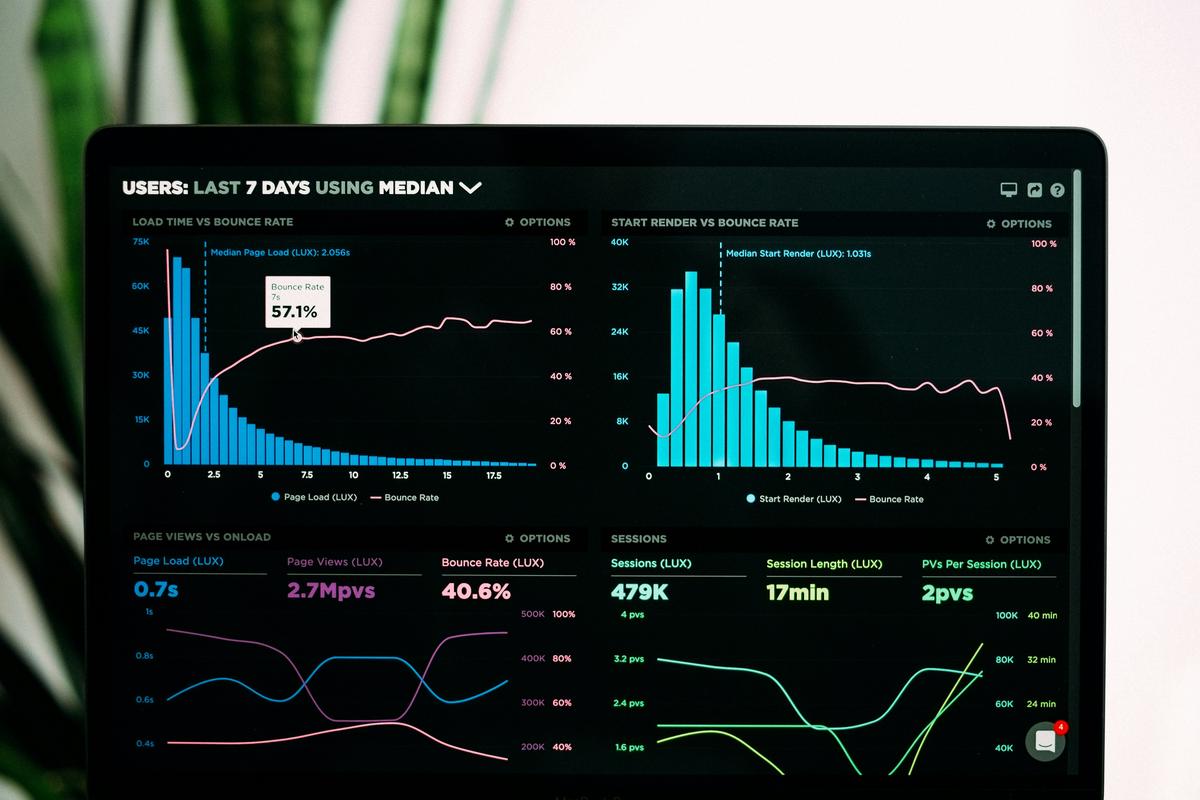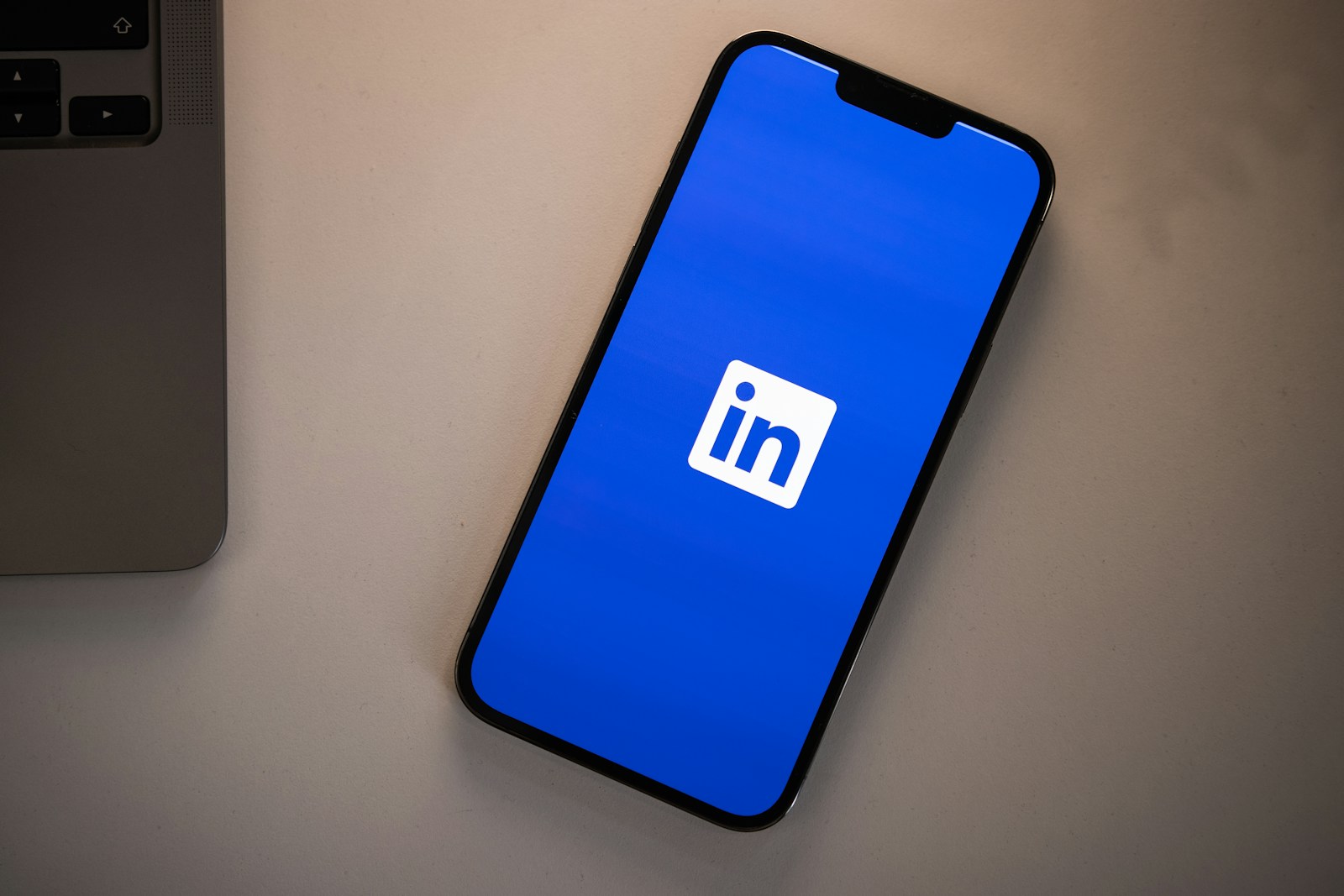Maximizing Results with Google Ads and Bing Ads.
Choosing between Google Ads and Bing Ads can significantly impact your marketing strategy. Each platform offers distinct advantages, from audience reach to cost efficiency. Understanding these differences is crucial for optimizing your advertising efforts and achieving the best possible results.

Reach and Demographics
Google dominates the search engine market, owning around 76% while Bing captures just under 5%. This disparity means Google Ads has a significantly greater reach, covering vast online terrain with its Search and Display Networks. Google’s Display Network spans over 2 million websites, touching 90% of internet users worldwide. In contrast, Bing reaches a smaller, more focused audience.
Bing users tend to be older, often falling between 35-54 years old, and exhibit higher income levels, with 33% earning over $100,000 annually. This demographic distinction makes Bing Ads appealing for campaigns targeting mature, affluent consumers. Additionally, Bing’s user base shows a significant portion of married individuals, representing 43%.
Google captures a younger, more tech-savvy audience, spanning diverse socioeconomic backgrounds. This broad reach is advantageous for advertisers seeking to tap into a wide range of consumers, from millennials to professionals. Google’s extensive targeting capabilities across demographics, interests, and behaviors enable fine-tuned campaigns that reach specific niches despite its vast user base.
Bing boasts higher click-through rates (CTR), achieving 2.83% compared to Google’s 1.91% on its Search Network. This could be attributed to Bing’s less crowded marketplace, providing ads with a better chance of standing out.
The geographical spread also matters. While Google maintains a global presence, Bing sees substantial activity within the U.S., claiming 30% of desktop search engine market share there. This U.S.-centric user base is instrumental for businesses focusing on American consumers.
The decision between using Google Ads and Bing Ads lies in these unique audience splits. Google guarantees extensive reach and diverse demographic targeting, making it a robust choice for broad-scope campaigns. Bing, with its highly targeted demographics, presents a prime environment for niche, high-value products and services, particularly within the U.S. market.
Cost and Budget Allocation
Cost and budget allocation are key considerations in PPC advertising. Google Ads, given its expansive reach, naturally commands higher competition for keywords, driving up costs. The average cost-per-click (CPC) for Google Ads typically ranges from $1 to $2, varying depending on industry and keyword competition. High-intent keywords like “insurance” or “mortgage” can see CPCs surging past $10. This heightened competition means businesses often need to allocate larger budgets to ensure their ads secure top placements in search results.
Bing Ads offers a more budget-friendly alternative. The CPC on Bing averages around $1.54, with some industries seeing even lower costs. For instance, a study found that the CPC in the automotive sector was nearly 33% lower on Bing compared to Google, and in the insurance sector, it was almost 60% lower. This cost efficiency stems from Bing’s smaller marketplace and lighter competition.
A digital marketing agency found that running similar campaigns across both platforms resulted in Bing Ads spending only 20-35% of the equivalent Google Ads campaigns.
This difference is primarily because fewer advertisers are competing for the same keywords on Bing, thus lowering the bid prices.
Google Ads allows for highly granular budget allocation, enabling marketers to set daily budgets, maximum CPC bids, and total campaign budgets with precise control. This enables sophisticated optimization and flexibility. Bing Ads, while also offering comprehensive budget management tools, excels in simplicity for new advertisers. Its interface makes it straightforward to import existing Google Ads campaigns, preserving budget settings and easing the transition into Bing’s ecosystem.
The decision of where to allocate budget hinges on the specific needs and constraints of your business. Google Ads offers unparalleled reach and advanced features at a higher cost, suitable for campaigns where broad visibility and extensive targeting are paramount. Conversely, Bing Ads provides cost-effective advertising, particularly advantageous for niche markets and high-value demographics. A balanced approach, incorporating both platforms based on target audience and campaign goals, often yields the best results.
Targeting and Key Features
Both Google Ads and Bing Ads offer powerful targeting capabilities, each with distinct features that can impact marketing objectives.
Google Ads:
- Supports over 40 languages, enabling highly localized campaigns
- Excels in audience and content targeting
- Offers demographic targeting, affinity audiences, in-market audiences, and custom intent audiences
- Provides extensive analytics and reporting tools
Bing Ads:
- Offers LinkedIn profile targeting
- Provides granular control at the ad group level
- Superior device targeting options
Google Ads’ language support and diverse targeting capabilities make it ideal for broad and complex marketing strategies. Its comprehensive data insights allow for real-time optimization and data-driven decision-making to enhance ROI.
Bing Ads stands out with its LinkedIn profile targeting, allowing advertisers to target users based on their LinkedIn profiles, including job function, company, and industry. This feature is particularly valuable for B2B marketers.
Another noteworthy feature of Bing Ads is its superior device targeting options. Bing permits advertisers to target specific devices and operating systems, including desktops, tablets, and mobiles, with the ability to exclude devices if necessary.
By leveraging the strengths of both platforms, marketers can craft comprehensive and effective PPC campaigns, optimizing their reach and spend to achieve optimal results.
Ad Performance and Conversion Rates
Ad performance and conversion rates are crucial metrics for PPC campaigns, influenced by platform-specific factors such as user demographics and targeting options.
| Platform | Average CTR (Search Network) | Average Conversion Rate |
|---|---|---|
| Google Ads | 1.91% | 3.75% |
| Bing Ads | 2.83% | 2.94% |
Google Ads’ expansive reach and specific targeting empower advertisers to connect effectively with users demonstrating active search intent. Its comprehensive ad solutions, encompassing search, display, and video on platforms like YouTube, allow for reinforced brand messaging, which can guide potential customers through their purchasing journey effectively.
Bing Ads often outperform Google in CTR for some industries. This is largely attributable to its user demographics and lower marketplace competition. Bing’s targeted audience tends to demonstrate more deliberate search patterns and purchasing behaviors. The concentration of higher-income users who are often in the consideration to final decision stages of their purchasing process provides a fertile ground for conversions.
The impact of platform-specific targeting options on ad performance and conversion rates is significant:
- Google’s extensive suite with in-market audiences and custom intent options allows for highly pinpointed campaigns.
- Bing’s unique LinkedIn profile targeting stands out for B2B advertisers, maximizing the relevance of ads by leveraging professional data.
Both platforms offer unique advantages. Google Ads provides broader reach with advanced targeting capabilities, making it ideal for wide-reaching campaigns and diverse audience segments. Meanwhile, Bing Ads delivers superior engagement rates in less saturated markets and among high-value demographics, which can translate to more effective campaigns in certain niches. Understanding these nuanced differences enables marketers to strategically allocate their resources, optimizing their ad performance and conversion rates across both platforms.

The decision between Google Ads and Bing Ads ultimately hinges on your specific campaign goals and target audience. While Google provides extensive reach with advanced targeting capabilities, Bing offers cost-effective advertising with higher engagement rates in certain demographics. Balancing both platforms based on your needs can maximize ROI and drive successful PPC campaigns.



